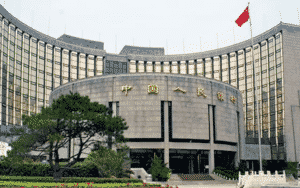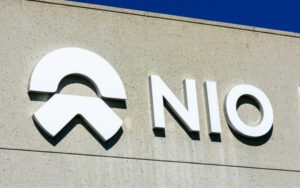Despite a strong showing in 2023, Big Tech has been unable to pull the Nasdaq out of its two-year bear market. The Nasdaq Composite has been steadily gaining ground, on track for a 35% increase by the end of the year. In November alone, the tech-heavy index has climbed 9.8%.
While the Nasdaq’s performance is notable, several companies have surpassed expectations. The so-called Magnificent Seven big tech stocks, including Apple, Amazon.com, Alphabet, Meta Platforms, Microsoft, Nvidia, and Tesla, have all seen gains of 50% or more since the beginning of the year.
However, the Nasdaq is still down approximately 12% from its record high close of 16,057.44 on November 19, 2021. To truly break out of the bear market, the index will need to deliver another double-digit percentage gain. Despite the positive returns this year, the Nasdaq remains technically mired in a bear market.
Some individual stocks have fared better and shattered previous records, such as Microsoft closing at an all-time high and Nvidia reaching a new record earlier in the week.
Nevertheless, sustained growth for the tech sector appears challenging due to the impact of rising interest rates. Two years ago when the Nasdaq reached its peak, interest rates were just above zero. Today, with the Fed funds effective rate at 5.33% and the yield on 10-year Treasury around 4.4%, stocks face headwinds. Many investors are opting for safer returns from government debt rather than equities. This poses a particular problem for tech firms as high yields devalue future earnings that investors typically value.
Torsten Sløk, chief economist at Apollo Global Management, raised concerns about high rates and tech valuations last month, suggesting that there is an inconsistency between the two: “Tech valuations are very high and inconsistent with the significant rise in long-term interest rates… In short, something has to give.”
A Promising Year for Tech Despite Geopolitical Uncertainty
The tech industry has faced a turbulent geopolitical backdrop in recent times. However, this hasn’t hindered its progress this year. Despite the challenges, the industry’s fundamentals remain strong, as indicated by the positive earnings reports from various companies.
Wedbush analyst Daniel Ives predicts that the upbeat earning reports for the tech sector will continue into the next year. He estimates that spending on artificial intelligence (AI) and cloud applications will increase by at least 20%, underscoring the growing centrality of tech in both corporate and consumer domains.
According to Jessica Rabe, co-founder of DataTrek Research, the January effect is expected to work in favor of the tech industry. Historically, years that commence with January rallies tend to generate double-digit annual percentage returns for the Nasdaq, barring major shocks such as Black Monday in 1987 and the 2001 terrorist attacks.
Rabe also addresses concerns about the rapid recovery of tech from the lows experienced in 2022. She believes that the Nasdaq index does not appear to be excessively overheated, suggesting that a dangerous and unsustainable bubble-like rally is unlikely. While a potential “gen AI” tech bubble cannot be ruled out in the future, the Nasdaq still has a significant way to go before reaching such levels.
In light of this perspective, it may not be a bad thing if the index takes its time to reach its previous highs from 2021. A slow and steady climb would be more sustainable in the long run.

